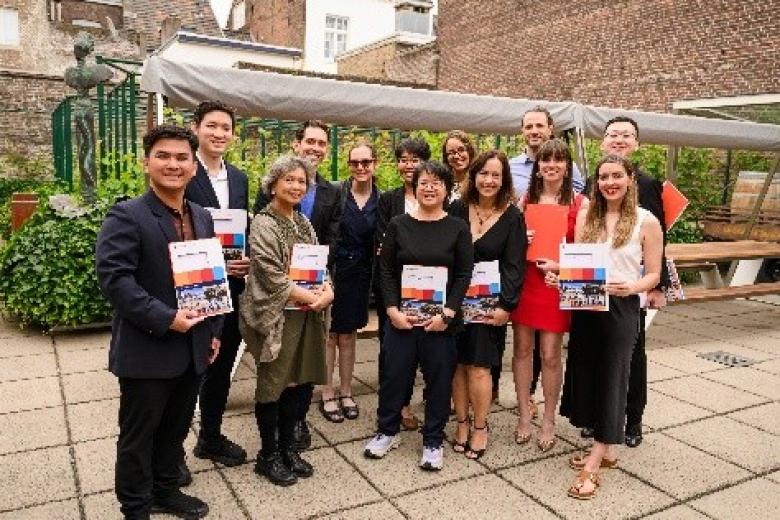Maastricht and Boston: the best of both worlds
If you could find out whether you’ll get Alzheimer’s disease someday, would you want to know? “No”, says researcher Heidi Jacobs firmly. “Not until we can do something about it.” She does have high hopes that a treatment to delay the onset of the disease is within reach. “Many dementia researchers, myself included, have stepped out of their bubble.”
Jacobs divides her time between Maastricht and Boston, Massachusetts, where she has been doing research since September 2015 at Harvard Medical School. There are many benefits to this way of working, she says. Not only does she have access to a wealth of data in Boston, but she can also use the PET tracer developed there: a radioactive substance that binds to tau protein, one of the two proteins that accumulate in the brains of Alzheimer’s patients. In Maastricht, she has access to high-field MRI scanners, which she can use to study the brain down to the smallest detail. “Working in both places allows me to combine two different areas of expertise and methods, which makes me as a researcher very happy.”
Travelling back and forth doesn’t seem to bother her. “It comes with the territory.” In terms of working methods, Jacobs sees more similarities than differences between her two workplaces. “The academic world is more or less the same wherever you go. Everyone is cooperative, everyone is enthusiastic and curious. If I had to name one major difference, it’s that people in the Netherlands are better at protecting their work-life balance. People in the US work day and night. I work hard and I’m prepared to pull an all-nighter if I have to, but I don’t make a habit of it.”
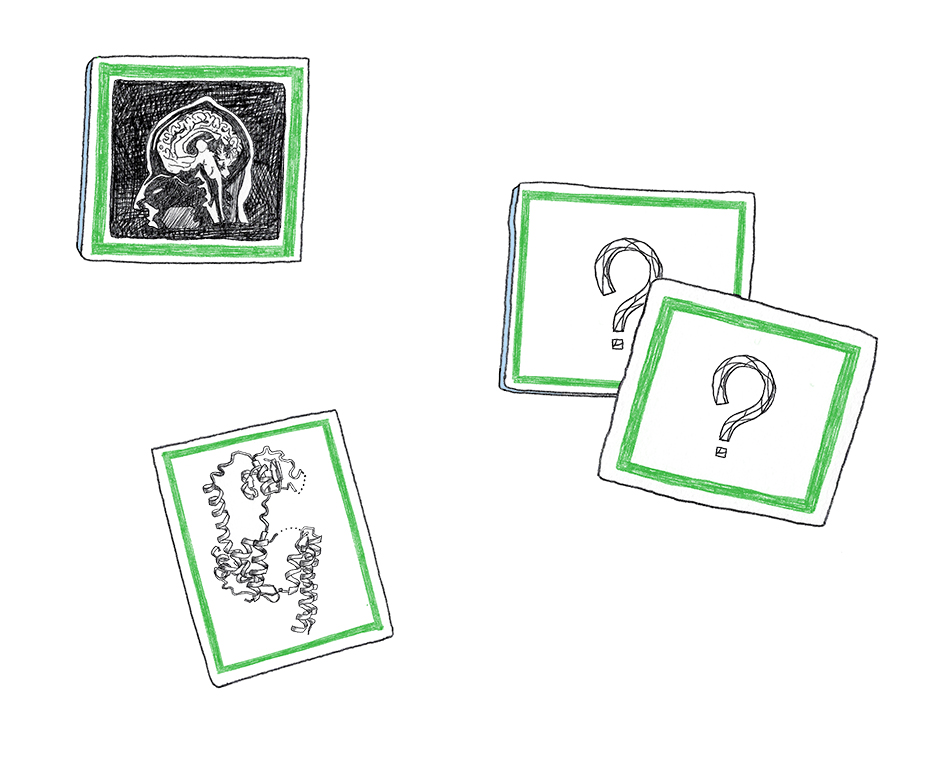
Research
After studying psychology in Maastricht, Jacobs returned to her native Belgium; she wanted to practise in a clinical setting. Working with neurological patients, she discovered her interest in research. “I realised I had all these questions I couldn’t answer. How does this work in the brain? What exactly is happening to these people? I became very frustrated with the fact that I was using knowledge, rather than creating it.”
By now, she has fulfilled her ambition – and then some. Last year, Jacobs and her colleagues in Boston showed how tau, the dreaded ‘Alzheimer’s protein’, spreads throughout the brain: across the connections between brain cells. This process is facilitated by the other Alzheimer’s protein, amyloid beta, resulting in memory problems. “That was very exciting, as it had never been shown in live subjects before.”
Using the 7 Tesla MRI scanner in Maastricht, she also succeeded in visualising the structure of the locus coeruleus in live subjects. This tiny brainstem region is where tau proteins begin to accumulate. “Surprisingly, we already see this in people in their 30s. And on average, half of people in their 50s have tau accumulation in their brains.” Yet not everyone develops Alzheimer’s later in life. Identifying the factors that contribute to this is the next step – and to that end, studying young people is crucial.
Treatment
Jacobs knows first-hand what Alzheimer’s does to people. Her grandmother went from a spirited lady to a helpless, frightened woman who recognised nobody and could no longer take care of herself. “It’s very scary to see it happen, in other patients as well”, she says. “Sometimes I wonder why I study this disease rather than something like cancer, which also affects young children. I think it’s because no other disease affects your personality to this extent. Take a person’s memory away and not much is left. That’s a major reason why I do this research.”
Although we’re still a long way from preventing or curing the disease, Jacobs is optimistic about the future of Alzheimer’s research. “In recent years, many scientists – myself included – have realised it’s too simplistic to think the disease is caused by just two proteins. It’s probably a combination of many other things as well. We’ve learnt that vascular factors have an influence, and that lifestyle factors are associated with a lower risk of developing the disease. As a result, you see that studies are expanding and becoming more complex.”
Maastricht researchers have recently started setting up a large-scale study to gather data on subjects aged between 20 and 100 years. The STRAIN study will collect not only MRI scans, but also information from blood analyses, cognitive tests, stress tests and lifestyle data. “Our goal is to monitor people for a number of years to be able to make connections between changes in the brain, memory performance and lifestyle factors.” Looking at Alzheimer’s research worldwide, Jacobs concludes that many seeds have been sown. “I’m 41, so hopefully I still have quite a few years ahead of me. I have high hopes that a treatment to delay Alzheimer’s may be found in my lifetime.”
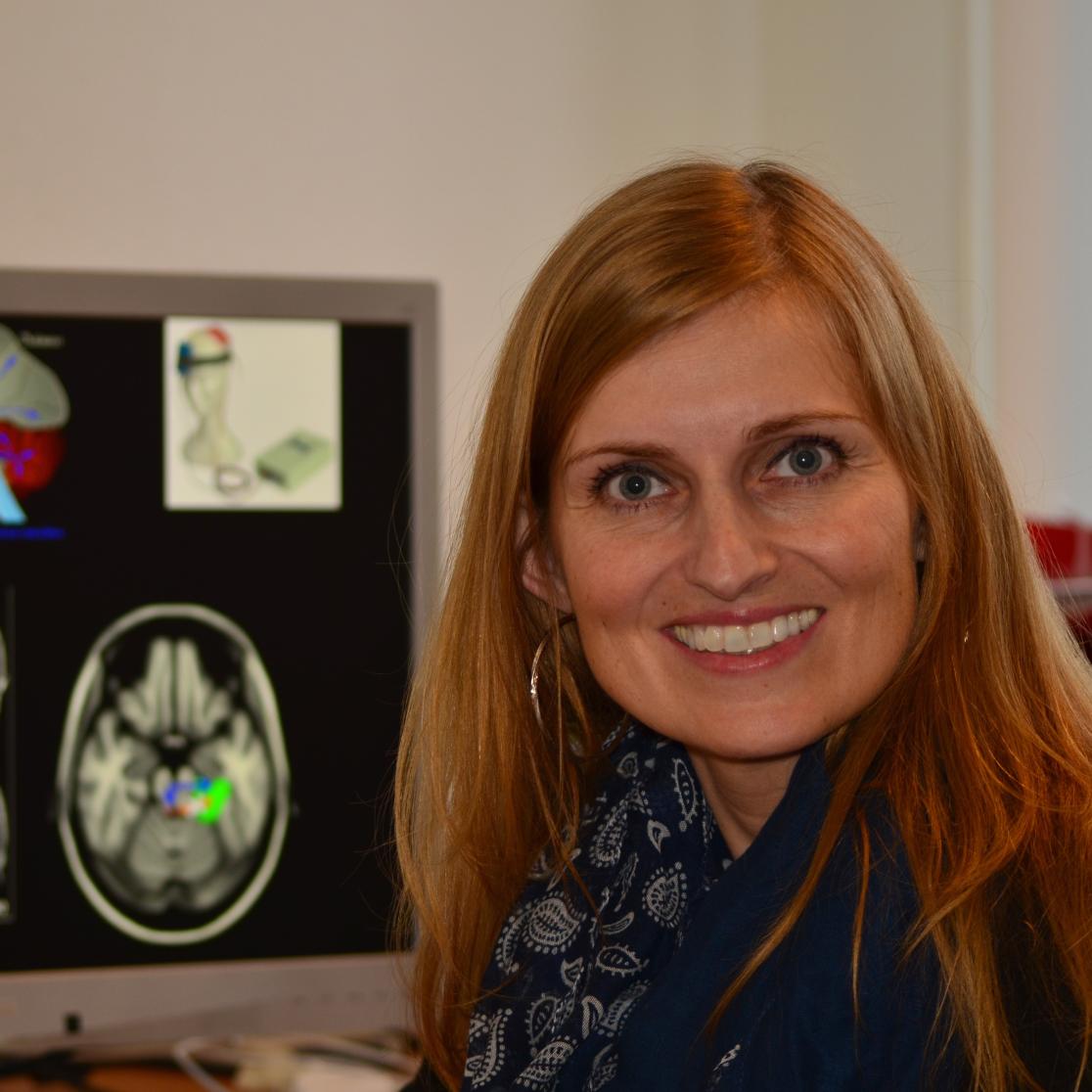
Heidi Jacobs (1978) studied psychology in Maastricht and clinical neuropsychology at Ghent University. She worked as a clinical neuropsychologist and behavioural therapist in Belgium before turning to research, obtaining her PhD from Maastricht University in 2011. She has worked as a postdoctoral researcher at the Jülich Research Centre and head of the neuropsychology department of the Memory Clinic Köln Jülich in Germany. Jacobs is currently assistant professor at the UM Faculty of Health, Medicine and Life Sciences and Harvard Medical School.
Research subjects wanted
Heidi Jacobs and her colleagues are still looking for subjects aged between 30 and 50 years for their STRAIN study. For more information, see
https://www.alzheimercentrumlimburg.nl/2018-strain or send an email to STRAIN-Study@maastrichtuniversity.nl
Also read
-
Randwyck Library and the river of knowledge
Monique Notermans and Meike Kerkhofs-Welkenhuizen witnessed the vision behind a modern library come to life.
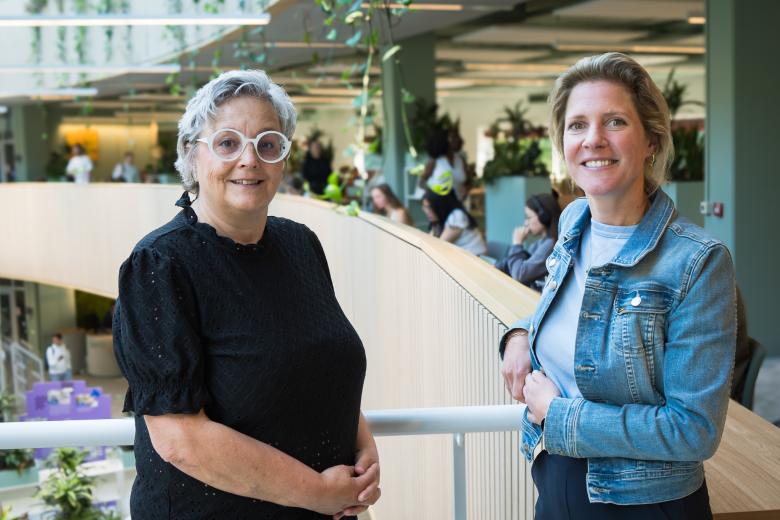
-
M-EPLI PhD Research Spotlight on Blessing Eze
M-EPLI PhD researcher, Blessing Eze, is examining the role of private documents in regulating global value chains.
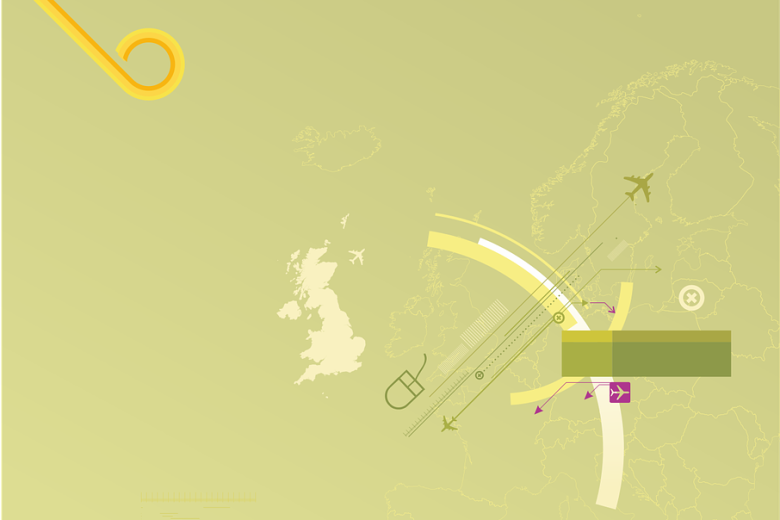
-
MHPE: Looking back and going forward
During the MHPE Campus Period last month we welcomed a new cohort of MHPE students and enjoyed seeing back those who are starting up their Master thesis projects. We are now preparing to hand over to a new MHPE Management Team that will take over on the 1st of September 2025.
